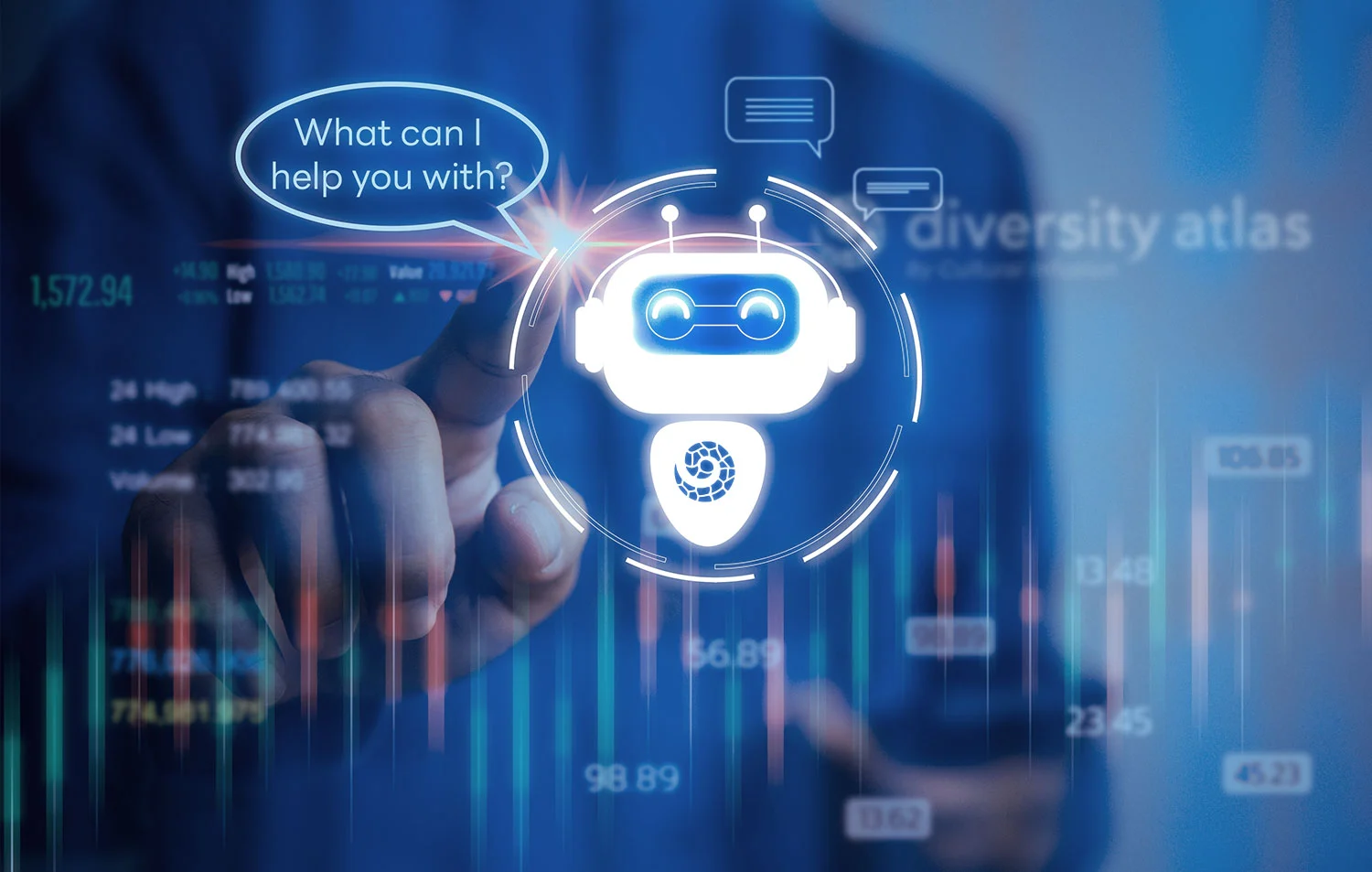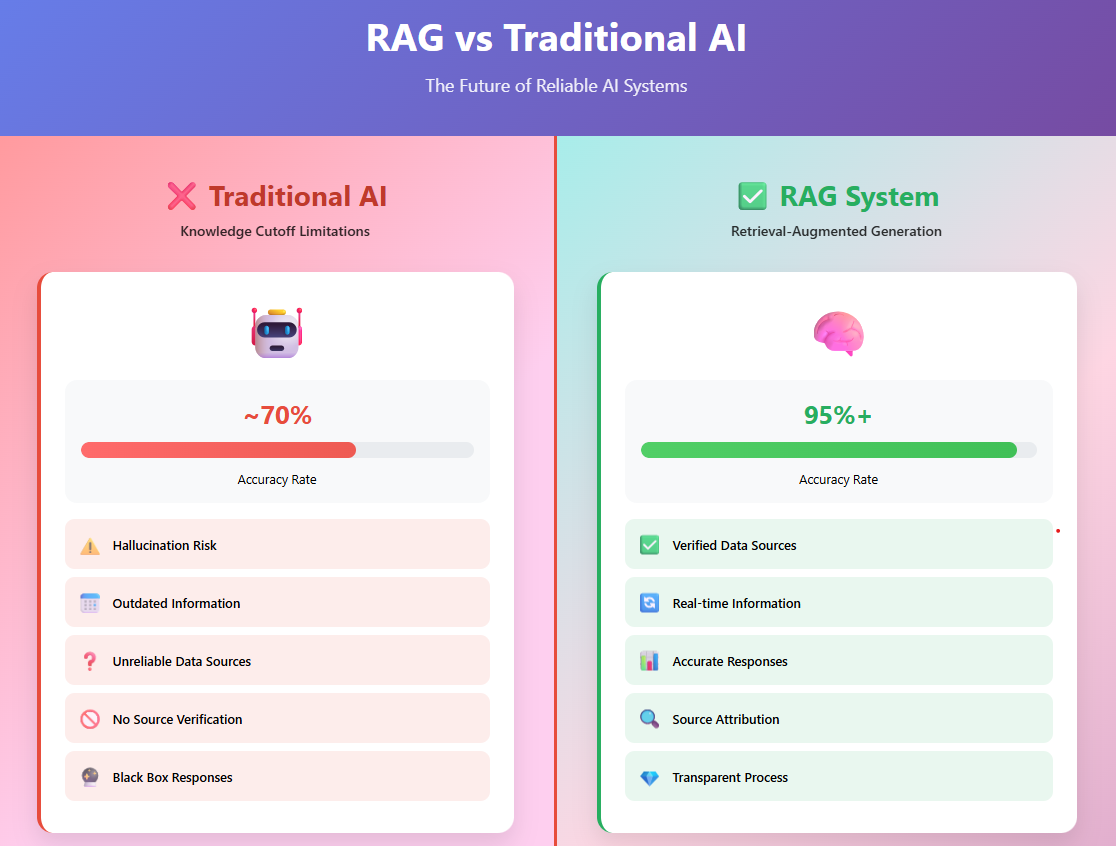

Mary Legrand
Data Science and AI Team LeadIn the landscape of our contemporary workplaces, there has been a move towards heavier investments in Diversity, Equity and Inclusion (DEI). Organisations collect extensive data about their employees, their backgrounds, cultures, languages, and other demographics, with the aim of building more inclusive environments. The more information collected, however, the more complex the dashboard required in their survey tool – this may mean they need somebody with significant technical experience to even access their own data.
If you were, for example, an HR manager, quickly needing to understand your company’s cultural composition to present to the executive team, you might, understandably, not have this technical background. The answers may be elusive even to seemingly simple questions, “What are the most common languages spoken by our employees?” or “How many Generation X workers do we have across different departments?”
Finding these answers might mean spending valuable times clicking through many systems, interpreting complex visuals, and often require analytical understanding to extract meaningful insights.

The Innovation: Conversational AI for Diversity Data
We have developed a solution that transforms how organisations interact with their diversity data! This AI-powered chatbot makes accessing complex diversity analytics as intuitive as having a conversation.
Our chatbot architecture represents a significant leap forward in AI chatbot development services. Instead of navigating through complex interfaces, users can simply type questions like “Show me the breakdown of employees by country of birth” or “What percentage of our workforce identifies as LGBTQ+?” and receive immediate, accurate responses.
Technical Foundation: How the Chatbot Works
The underlying chatbot architecture combines several technologies to create a seamless user experience (whilst maintaining the highest standards of data security and accuracy).

Natural Language Processing: Understanding Human Communication
The Chatbot’s system’s natural language processing capabilities are powered by AWS Lex, enabling it to understand and interpret human language in all its complexity. Simply put, this means users don’t need to learn specific commands or technical terminology. The Chatbot can process questions with grammatical errors, incomplete sentences, or colloquial expressions and still provide accurate responses
For example, when a user asks, “Give me top 5 country of birth” (grammatically imperfect), the system understands the intent and responds with a perfectly formatted list of the five most common countries of birth amongst employees, complete with percentages and clear formatting.
RAG Framework: Ensuring Accuracy Through Retrieval
A critical component of this solution is its RAG framework (Retrieval-Augmented Generation). This approach addresses one of the most significant challenges in applying AI to sensitive organisational data: the balance between conversational flexibility and factual accuracy.

Traditional generative AI systems, whilst conversational and user-friendly, can sometimes “hallucinate” or generate plausible sounding but incorrect information. For diversity data, where accuracy is paramount and mistakes could lead to poor decision-making or even legal issues, this is an inacceptable risk.
The RAG framework solves this problem by first retrieving relevant information from the organisation’s actual diversity database, then using that verified data as context to generate responses. This ensures that all answers are grounded in genuine organisational data, whilst also maintaining the natural, conversational tone users expect from modern AI interfaces.
AWS Integration: Scalable and Cost-Effective Infrastructure
This system leverages multiple AWS chatbot services to create a robust, scalable solution that remains cost-effective for organisations of all sizes. Here’s some of the technical details: the architecture includes AWS S3 for secure data storage, AWS Lambda for serverless computing and data processing logic, AWS Bedrock for AI model hosting, Amazon Lex for natural language understanding, and DynamoDB for conversation history management.
This cloud-based approach means organisations don’t need to invest in expensive hardware or maintain complex IT infrastructure, making advanced AI capabilities accessible to smaller companies who previously might not have been able to afford such advanced technology.
Addressing the LLMs vs Generative AI Debate
We made some strategic decisions in our approach to LLMs vs generative AI implementation. Whilst large language models offer impressive conversational abilities, they can also be unpredictable when dealing with specific organisational data. Put simply, pure generative AI might create realistic sounding but factually incorrect responses about diversity metrics.
A hybrid approach combines the best of both worlds: the natural language understanding and generation capabilities of advanced LLMs with the reliability and accuracy of retrieval-based systems. This ensures that responses are both conversationally natural and factually correct, addressing the critical need for trustworthy diversity analytics.
Security and Privacy: Protecting Sensitive Information
The AI chatbot’s security was our highest priority throughout development, given the sensitive nature of diversity and inclusion data. The system implements multiple layers of protection to ensure compliance with privacy regulations like GDPR whilst additionally maintaining usability.

The system employs several privacy protection mechanisms: data aggregation prevents identification of individual employees, temporary access means the chatbot only accesses data when answering specific questions, end-to-end encryption protects all conversations, additional authentication requires users to verify credentials within the chatbot, and comprehensive audit logging monitors all interactions for security and compliance.
Real-World Impact and Performance
The practical benefits of this system extend far beyond the technical innovation. We found organisations using this chatbot report dramatic improvements in how they interact with their diversity data.
Tasks that may previously have required 10-15 minutes of navigation through complex dashboards, now take less than 30 seconds. Users can ask questions like “What is the most common sexual orientation amongst our employees?” and receive respectful, accurate responses within seconds.
The conversational interface democratises access to diversity analytics. HR professionals, managers, and executives who previously relied on data analysts or IT support can now independently explore diversity insights.
Our system maintains inclusive language and avoids perpetuating stereotypes whilst still providing the requested information, processing intersectional queries effectively across multiple diversity dimensions.
Cost-Effectiveness for Organisations
One of the most compelling aspects of this solution is its cost structure. Traditional enterprise AI solutions often require significant upfront investments and ongoing licensing fees that can be prohibitive for smaller organisations!

The AWS-based architecture uses a pay-per-usage model, meaning organisations only pay for actual chatbot interactions rather than maintaining expensive software licences. This approach makes sophisticated AI capabilities accessible to small and medium enterprises that previously couldn’t afford such technology.
Future Implications
This technology represents a significant shift in how organisations can approach diversity and inclusion analytics. By making complex data accessible through natural conversation, it enables more frequent, deeper engagement with diversity insights. The scalable architecture means the system can grow with organisations, handling increased data volumes and user interactions without significant infrastructure changes.
Conclusion
The development of this AI-powered chatbot for diversity data represents more than just a technological advancement—it’s a step towards democratising access to critical organisational insights. By bridging the gap between complex analytics and practical understanding, it empowers organisations to make more informed, data-driven decisions about their diversity and inclusion initiatives. As workplaces continue to evolve, tools like this will become essential for organisations committed to building truly inclusive environments.